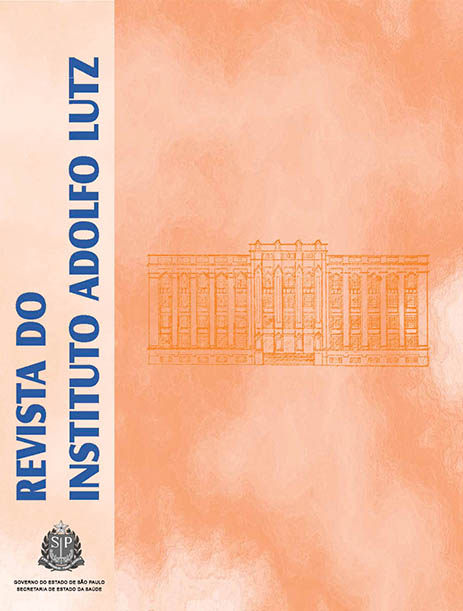Abstract
The São Francisco Submid Valley is located in Bahia and Pernambuco states, and it is one of most promising regions for wine production in Brazil. It is still unknown the capability of this region in producing wine by spontaneous fermentation, and generating a product with typical regional characteristics. This study aimed at isolating and identifying the yeasts contaminating the peel of grapes Vitis vinifera L. cultivated in the Valley of the São Francisco Submid, Brazil. The isolates were identified based on morpho-physiological characteristics, growth ability in culture medium L-lysine agar, and biochemical identification by means of physiological tests (glucose fermentation ability, assimilation of carbon and nitrogen sources, osmotolerance and thermotolerance). Sixty yeasts isolates were detected on yeast extract-malt extract (YM) agar, and all of them belonged to non-Saccharomyces group. Physiological tests showed that 20 of 60 isolates did not grouped into any genera; and 40 isolates were suggestively identified as belonging to Hanseniaspora spp. Of 40 isolates, 17 were suggestively classified into Hanseniaspora guilliermondi species. The microbiota found on the grapes peel, grown in this region, is predominantly non-Saccharomyces yeasts, specifically Hanseniaspora spp.References
1. Silva PC, Correia RC, Soares JM. Histórico e importância socioeconômica. In: Soares JM, Souza PC. A vitivinicultura no semiárido brasileiro. Brasília (DF)/Petrolina (PE): Embrapa Informação Tecnológica/Embrapa Semiárido; 2009. p.19-34.
2. Fleet GH. Wine yeasts for the future.FEMS Yeast. 2008;8(7):979-95.
3. Fleet GH. Yeast interactions and wine flavour. Int J Food Microbiol. 2003;86(1-2):11-22.
4. Pretorius IS, Westhuizen Vaan-der JJ, Augustyn OPH.Ye a s t s biodiversity in vineyards and wineries and its importance to the Sounth African wine industry.S Afr J Enol Vitic. 1999;20(2):61-74.
5. Bisson LF, Waterhouse AL, Ebeler SEM, Walker A, Lapsley JT. The present and future of the international wine industry.Nature. 2002;418(6898):696-9.
6. Ganga MA, Martinez C. Effect of wine yeast monoculture practice on the biodiversity of non-Saccharomyces yeasts. Int J Food Microbiol. 2004;96(1):76-83.
7. Fleet GH, Heard GM. Yeast-growth during fermentation. In: Fleet GH. Wine Microbiology and Biotechnology. Harwood Academic Publishers; 1993. p. 27-54.
8. Kurtzman CP, Fell JW, Boekhout J. The Yeasts. A Taxonomic Study. 5. ed. EUA: Elsevier Academic Press; 2011. 1873p.
9. Prado GMM, Castro MMS. Usinas de açúcar e álcool: estudos de leveduras e dos fatores que afetam a fermentação. Campinas: Fundação Tropical de Pesquisas e Tecnologia André Tosello; 1995.
10. Yarrow D .Methods for the isolation, maintenance and identification of yeasts. In: Kurtzman CP, Fell JW. The Yeasts. A Taxonomic Study. 4. ed. Amsterdã: Elsevier Science BV; 1998. p.75-107.
11. Moreira N, Mendes F, Hogg T, Vasconcelos I. Alcohols, esters and heavy sulphur compounds production by pure and mixed cultures of apiculate wine yeasts. Int J Food Microbiol. 2005;103(3):285-94.
12. Barata A, Gonzalez S, Malfeito-Ferreira M, Querol A, Loureiro V. Sour rot-damaged grapes are sources of wine spoilage yeasts. FEMS Yeast Res. 2008;8(7):1008-17.
13. Li SS, Cheng C, Li Z, Chen JY, Yan B, Han BZ, et al. Yeast species associated with wine grapes in China. Int J Food Microbiol. 2010;138(1-2):85-90.
14. Mamede MEO, Pastore GM. Avaliação da produção dos compostos majoritários da fermentação de mosto de uva por leveduras isoladas da região da “Serra Gaúcha” (RS). Cienc Tecnol Aliment. 2004;24(3):453-8.
15. Moreira N, Pina C, Mendes F, Couto JA, Hogg T, Vasconcelos I. Volatile compounds contribuition of Hanseniaspora guilliermondii and Hanseniaspora uvarum during red wine vinifications. Food Control. 2011;22:662-7.

This work is licensed under a Creative Commons Attribution 4.0 International License.
Copyright (c) 2012 Instituto Adolfo Lutz Journal
